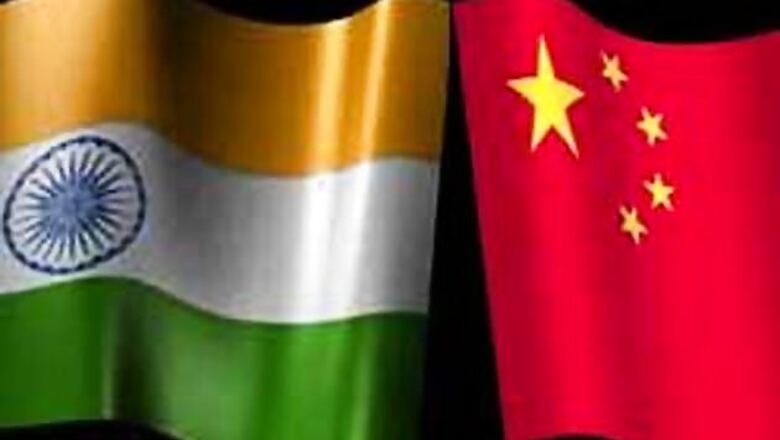
views
New Delhi/Beijing: India has termed as "unacceptable" China depicting Arunachal Pradesh and Aksai Chin as its territory in maps of the country on their new e-passports, a step that led to retaliatory action by New Delhi. China sprung the surprise on India when it showed these territories as part of its own in the maps on their new e-passports.
The Indian Embassy in Beijing responded by issuing visas to Chinese nationals with a map of India including Arunachal and Aksai Chin as part of its territory. In India's first official reaction, External Affairs Minister Salman Khurshid said,"We are not prepared to accept it."
"We, therefore, ensure that our flags of disagreement are put out immediately when something happens. We can do it in an agreeable way or you can do it in a disagreeable way," he said. China, on its part, sort of fudged the issue with its Foreign Ministry Spokesperson saying that the matter should be dealt with in a "level headed and rational manner" to avoid "unnecessary disruptions" to people to people exchanges.
"Hope the countries regard it in a cool-headed manner. China would like to maintain communication with other counties to ensure convenience of travel for both Chinese and foreigners", she said in Beijing. After the Chinese government started issuing new e-passports, carrying pages with watermark Chinese maps including Arunachal and Aksai Chin as its parts, India hit back by issuing visas to Chinese nationals with a map of India including these places as part of its territory.
Earlier also, China had triggered a diplomatic row by issuing stapled visas to residents of Jammu and Kashmir, terming it as a "disputed territory" and denied visas to those hailing from Arunachal Pradesh. Peeved over this action, India lodged a strong protest with China which subsequently reverted to issuing normal visas to residents of J-K but without officially admitting that they were doing so.
China s claim to Aksai Chin and Arunachal Pradesh, which shares a 1,030-km unfenced border with it, is not new. In 1962, China and India fought a brief war over Aksai Chin and Arunachal Pradesh, but in 1993 and 1996 the two countries signed agreements to respect the Line of Actual Control to maintain peace and tranquility. Significantly, these developments occur even as a high-level team of Chinese diplomats, for the first time, visited Sikkim in connection with consular issues, which was seen as reconfirmation of Beijing's stance of accepting the state as part of India.
The development comes even as Prime Minister Manmohan Singh met his Chinese counterpart Wen Jiabao on the sidelines of the Asean summit in Cambodia where the two leaders discussed ways to move forward on the vexed boundary issue. National Security Adviser Shivshankar Menon is expected to visit Beijing soon for the next round of boundary talks at the level of Special Representatives with his Chinese counterpart Dai Bingguo.
The maps in the new Chinese passports have also irked the South East Asian countries which have maritime differences with China as nine dots on the map indicated the disputed parts of the South China Sea as part of the country. While India retaliated by stamping the passports with its maps, the Philippines and Vietnam have lodged protests with China stating that the map could be a ploy to legitimise Beijing's claims over the disputed South China Sea over which they have staked claims.
Their concern is that Beijing could claim that the visas on the passport is a tacit approval by them. Besides the two, Malaysia, Brunei and Taiwan too have disputes with China over the sovereignty of various islands in the South China Sea. The map on Chinese passports also shows Taiwan as part of China, in line with Beijing's longstanding position that it was part of the country.
Significantly, the map did not draw any objection from Japan over the disputed islands in the East China Sea. China began to assert pressure in a big way on Japan on the issue since September this year after Tokyo bought the uninhabited islands from private parties. Japanese Embassy officials here said the disputed islands called Senkaku by Japan and Diaoyu by China appeared to have not been included in the map as a result they are not taking any specific measures in this regard.
Defending the map in the passport, Chinese Foreign Ministry spokesperson Hua Chunying said the passport was introduced to the "countries across the world prior to its launch" in May this year. "The passport is not designed to target any specific country. We hope relevant countries regard it in a level headed and rational manner so as not to bring unnecessary disruptions to normal people to people exchanges," she said.




















Comments
0 comment